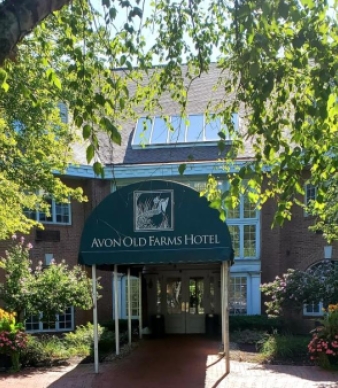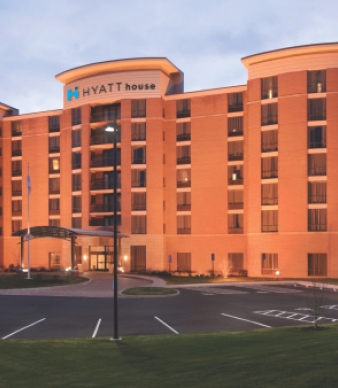
Penwood State Park
Bloomfield, CT











Main (860) 242-1158

Overview
Geology
The youngest rocks in Connecticut lie in the central part of the state. Penwood is made up of those young rocks, only about 200 million years old. About 250 million years ago, all of Earth's land made up one huge continent called Pangea. It began to break up about that time, with large pieces of continental crust moving in various directions.
What is now North America broke away from present-day Europe and Africa. As this occurred, tension fractures formed in the land, similar to what might happen if you try to stretch cookie dough or modeling clay. Two such fractures formed in central Connecticut, allowing a long narrow valley to drop below the level of the surrounding land. Sediments from the surrounding highlands washed into the basin. Deep fractures formed in some places and lava flowed up to the surface from the upper mantle. Three such lava flows filled the valley and covered the surrounding uplands. In between the flows, sediments continued to flow into the still dropping valley. We now have a pile of sedimentary rock made from alternating layers of sedimentary rock and lava flow.
Finally, the eastern side of the valley dropped faster than the western side, so now the rocks all dip toward the east. Over the intervening 200 million years, the higher uplands have eroded down so they are now much lower than they were and the basalts have all been eroded off of them. Basalts are now found only in the valley, where their lower elevation protected them from erosion.
Rock Types Found on Main Trail:
Igneous (Basalt), Sedimentary (Siltstone)
Rock Units:
Holyoke Basalt (Jurassic): dark gray, orange- to brown-weathering basalt; Talcott Basalt (Jurassic) dark gray, orange- to brown-weathering basalt; Shuttle Meadow Formation (Jurassic): reddish-brown silty shale
Interesting Geologic Features:
Rockfall caves, glacial plucking, glacial erratics
Hiking
Nature
Picnicking
Reserve an open air picnic shelter
- Online: Visit Reserve America
- By phone: 1-877-668-CAMP (2267)
- Learn more about our picnic shelter rental polices and reservation details
Winter
Additional Park Info
Free
Parking
Picnic Shelter
Picnic Tables
Restrooms
Picnic Areas & Hiking Trails
Yes, on leash







































